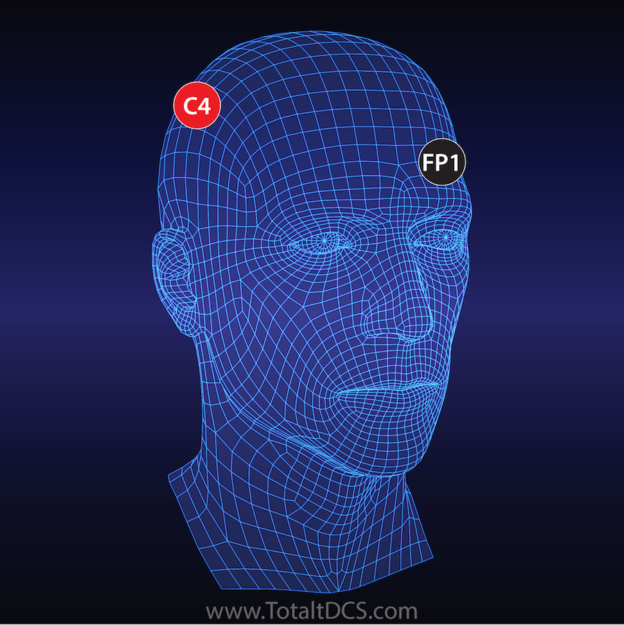Electrode Placement for Alleviating Chronic Pain
Anode: Ipsilesional (C3) or Contralesional (C4)
Cathode: Opposite Prefrontal Cortex (FP2 or FP1)
Study Results: Majority of clinical studies focus on pain caused by Fibromyalgia, Spinal cord injury, Low back pain, Phantom limb, Cerebral palsy, Chronic stroke. In addition, promising results have been documented in Diabetic polyneuropathy, Chronic post-stroke pain,
Notes: Most commonly the Anode (red electrode) is placed on the opposite side of the cranium in relation to the location of the pain on the body (aka “contralateral”). The level of pain reduction seems directly tied to stimulation duration and intensity. When tDCS session lengths were increased, users reported better results. The same was true for the current level being used. Applying 2 milliamps of current for 30 minutes provided more relief than 1 milliamp over the same period.
Have you used tDCS for Chronic Pain? Share your experience!
- Scientific Studies:
- A comprehensive database of published tDCS clinical trials (2005–2016)
- Site-specific effects of transcranial direct current stimulation on sleep and pain in fibromyalgia: a randomized, sham-controlled study.
- Effects on Decreasing Upper-Limb Poststroke Muscle Tone Using Transcranial Direct Current Stimulation: A Randomized Sham-Controlled Study
- Ipsilesional anodal tDCS enhances the functional benefits of rehabilitation in patients after stroke




